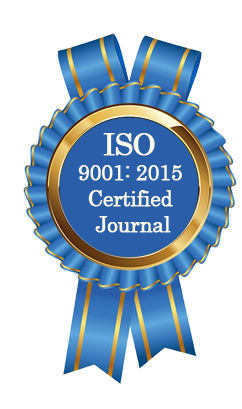| All | Since 2020 | |
| Citation | 105 | 60 |
| h-index | 4 | 4 |
| i10-index | 3 | 2 |
WJAHR Citation 
Login
News & Updation
Best Article Awards
World Journal of Advance Healthcare Research (WJAHR) is giving Best Article Award in every Issue for Best Article and Issue Certificate of Appreciation to the Authors to promote research activity of scholar.
Best Article of current issue
Download Article : Click here
Indexing
Abstract
COMPLICATIONS OF POSTERIOR SAGITTAL ANORECTOPLASTY IN PATIENTS WITH ANORECTAL MALFORMATIONS REVIEW OF 50 CASES
*Salam Abid Fazaa, Asseel Mahmood Mohammed Ali and Mahmood Hassan Kadhem
ABSTRACT
Background: Anorectal malformations (ARMs) are among the most common congenital anomalies, occurring in approximately 1 in every 4,000 to 5,000 live births. Posterior sagittal anorectoplasty (PSARP) is considered the standard surgical technique for the correction of ARMs. Objectives: To evaluate the early postoperative complications following PSARP in patients diagnosed with anorectal malformations. Patients and Methods: This prospective observational study was conducted at Central Child’s Teaching Hospital, Baghdad, over 27 months (Oct 2011–Dec 2013), involving 50 ARM patients with divided loop sigmoid colostomy. The cohort included 41 males (82%) and 9 females (18%), with a mean age of 16.5 months. All underwent PSARP. Assessed variables included demographics, ARM type, associated anomalies, and early postoperative complications. General and specific complications were recorded; late issues like incontinence and constipation were excluded. Results: General complications included fever in 40%, respiratory issues in 24%, cardiac complications in 4%, and postoperative vomiting in 12%. Specific complications included wound infection (42%), stenosis (8%), retraction (4%), rectal prolapse (4%), recurrent fistula (2%), urethral injury (2%), and wound dehiscence (2%). Associated anomalies were found in 46% of patients. Conclusion: PSARP remains a reliable surgical approach for ARMs with favorable outcomes when executed with appropriate diagnosis, surgical skill, and patient preparation. However, early complications can occur and should be managed with vigilant postoperative care.
[Full Text Article] [Download Certificate]
